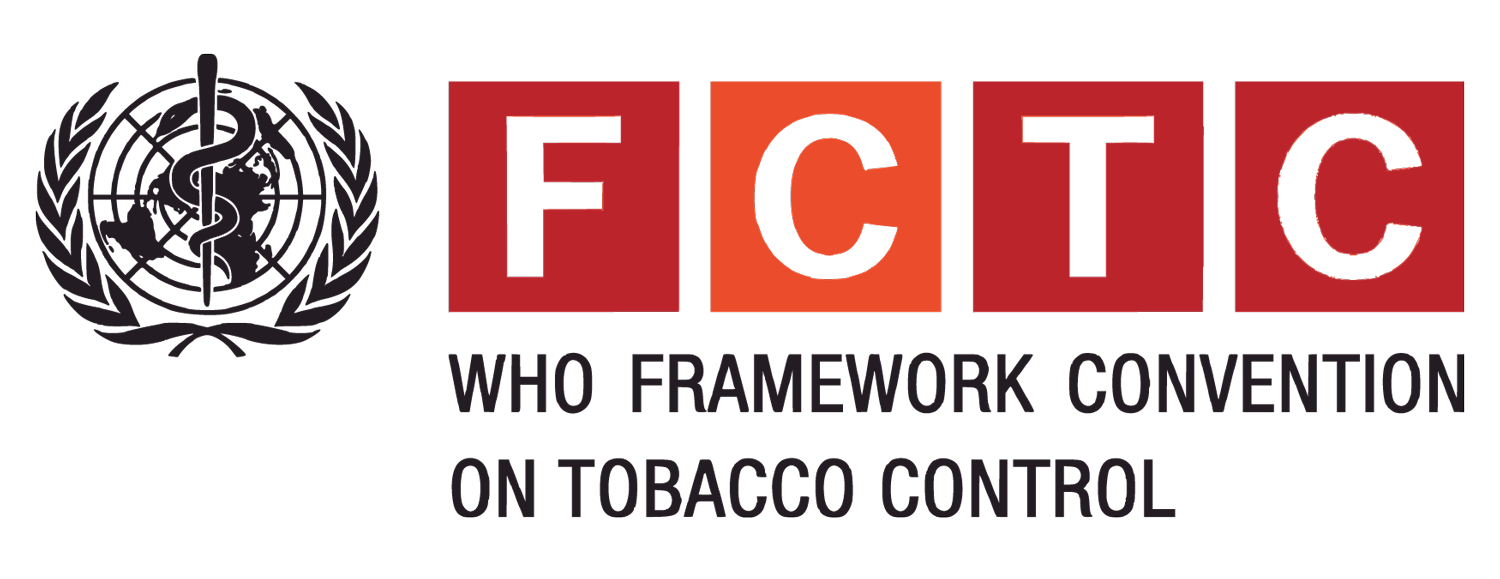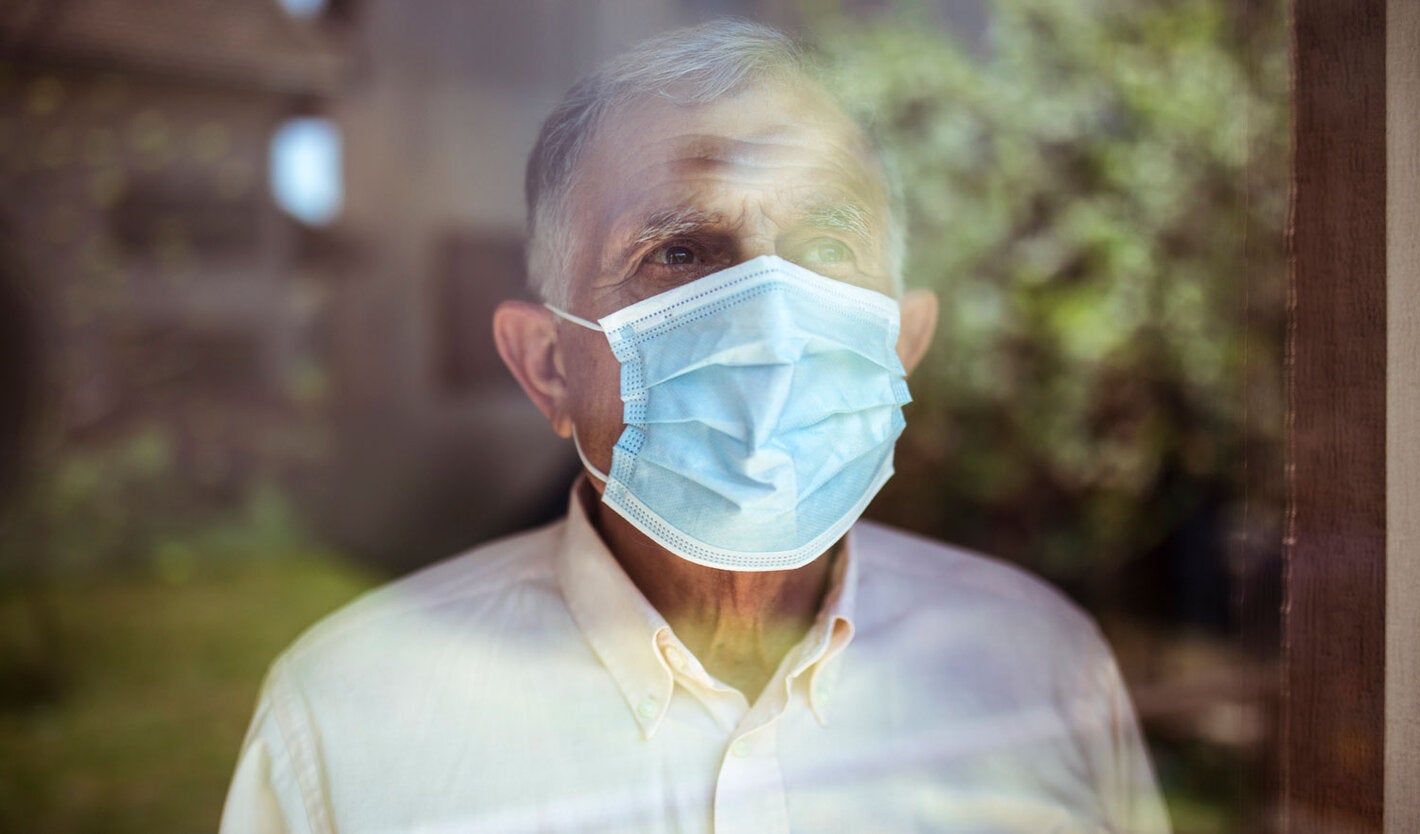Tobacco use is the single most preventable cause of death in the world today, killing nearly one million people in the Americas each year, either through direct consumption or exposure to second-hand smoke. It accounts for 15% of deaths from cardiovascular disease, 24% of deaths from cancer, and 45% of deaths from chronic respiratory disease.
“The case against tobacco began in the 1950’s when the medical community started collecting evidence that smoking causes serious disease, particularly cancer,” said Adriana Bacelar Gomes, Tobacco Surveillance Specialist at PAHO. “That’s when the first initiatives started to limit the industry and regulate tobacco products and their use, and that’s when our work began.”
Sixty years later, however, tobacco remains the only legal consumer product that kills up to half of its users.
Over the past 20 years, PAHO’s work on tobacco control has focused primarily on supporting countries in their efforts to adopt and implement the WHO Framework Convention on Tobacco Control (WHO FCTC), an international, legally binding treaty which promotes cost-effective tobacco control measures. These include protection from second-hand smoke in all indoor workplaces and public spaces; large graphic health warnings on the packaging of tobacco products; a comprehensive ban on tobacco advertising, promotion, and sponsorship; and raising taxes on tobacco products.
While these measures make perfect sense in terms of protecting public health and reducing the impact on health systems, strong industry resistance has resulted in delays in implementing them, often for many years.
“When it comes to tobacco control, there is a very powerful, well-resourced industry working directly against public health. And they’re prepared to use everything in their arsenal to prevent reducing demand for their products, which is a key public health goal,” said Bacelar Gomes.
In the case of Mexico, the first concrete action following the ratification of the WHO FCTC, was the passing of the general tobacco control law in 2008.
“This law adopted the measures of the WHO FCTC, but only partially,” Sabines said. “For example, while it proposed smoke-free public places, it still allowed for designated areas where people could smoke indoors, which fails to protect the public from second-hand smoke.”
PAHO’s efforts over the next 13 years were crucial to getting the law amended. This included ongoing technical support to the Mexican Ministry of Health; capacity building; the development and dissemination of scientific evidence to support the measures; as well as communication campaigns to inform the public of the harms of tobacco use.
More recently, technical cooperation has included efforts to help prevent young people from using novel products, such as e-cigarettes and heated tobacco products, that are aggressively marketed as “healthier alternatives”.
Between 2008 and 2021, when the law was amended, there were over 100 initiatives in Congress to update the tobacco control law. “These included initiatives to improve the legislation on packaging and advertising, smoke-free public places,” Sabines said. But none of them came to fruition.
During this time, the PAHO country office organized meetings with national and international partners, technical experts, and officials from the Ministry of Health to devise a strategy that would enable the country to advance the amendment of the tobacco control law. This included work with national media to publish articles and editorials on the importance of tobacco control.



